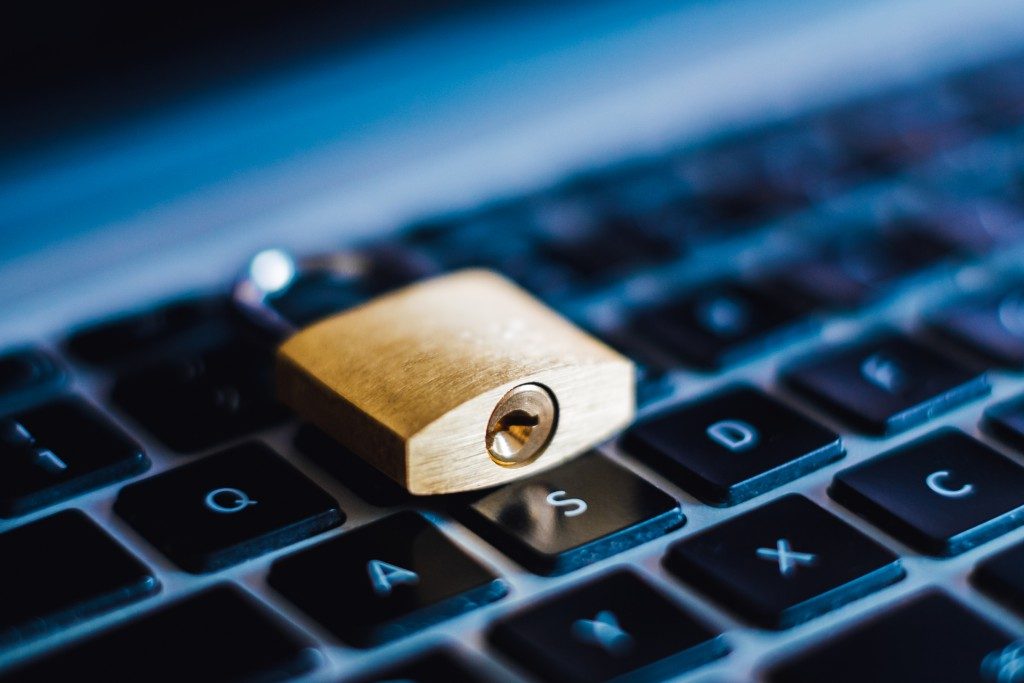Today’s world is data centered, what with businesses moving a bulk of their operations online and the whole new world of social media. That data is valuable for many reasons, and so the business and the individual have to guard against disasters, corruption, and loss. The concept of backing up is simple but setting up effective and efficient operations for doing so is the hard part.
You will need virtual IT support to protect your data. As it is, the term backup has come to be associated with protection although there are a couple of other security measures that you can take. Some applications reduce the complexity of backing up and recovering data. The purpose of the operation is to copy the file in question to enable restoration later. There are several types of backup including:
Full backup
In this method, all the folders and files are uploaded elsewhere for backup. When someone adds a file to the full list, another backup operation is initiated. A benefit of storing data this way is that recovering it will be easy and fast since the full list is kept every time. The downside is that uploading all the data takes time. Additionally, you will need a lot of back up storage space.
Incremental and differential backup
 To backup incrementally, only the changes made after the previous backup will be updated. You do a full back up the first time after which only the subsequent changes are captured. This makes the method fast and utilizes space well. However, restoration takes time. For differential backup, the system updates changes made from the previous full backup. It is fast and uses less space than doing a full back up every time.
To backup incrementally, only the changes made after the previous backup will be updated. You do a full back up the first time after which only the subsequent changes are captured. This makes the method fast and utilizes space well. However, restoration takes time. For differential backup, the system updates changes made from the previous full backup. It is fast and uses less space than doing a full back up every time.
Mirror backup
For this case, the backups mirror the source. This means that if something from the source document gets deleted, it also disappears in the backup. Use these backups with caution because a virus or an accident can accidentally cause you to lose important files.
Local and offsite backup
A Local backup is a storage medium kept in the building where the source is. One could use another internal drive or an external device like a DVD or a hard drive. These drives are excellent for protecting digital content against virus attacks and drive failures. They also protect against accidental deletes as you can restore from a conveniently placed backup device.
Offsite backup, on the other hand, has the device placed in a separate geographical location. It is first done locally and then moved to another site. For example, the backup drive can be kept in a safe in the bank. The point here is to add an extra layer of protection from natural disasters and theft.
Online backup
Online backups are done frequently, and data uploads to a medium joined to the data source by an internet connection or a network. No human intervention is required for the media and the drives to run. A lot of technology support businesses offer this option for customers.
Most people often confuse backing up data with archiving it. A backup produces another copy while an archive remains as the primary data. Be sure always to run tests to make sure that your choice of backups meets the protection goal.

